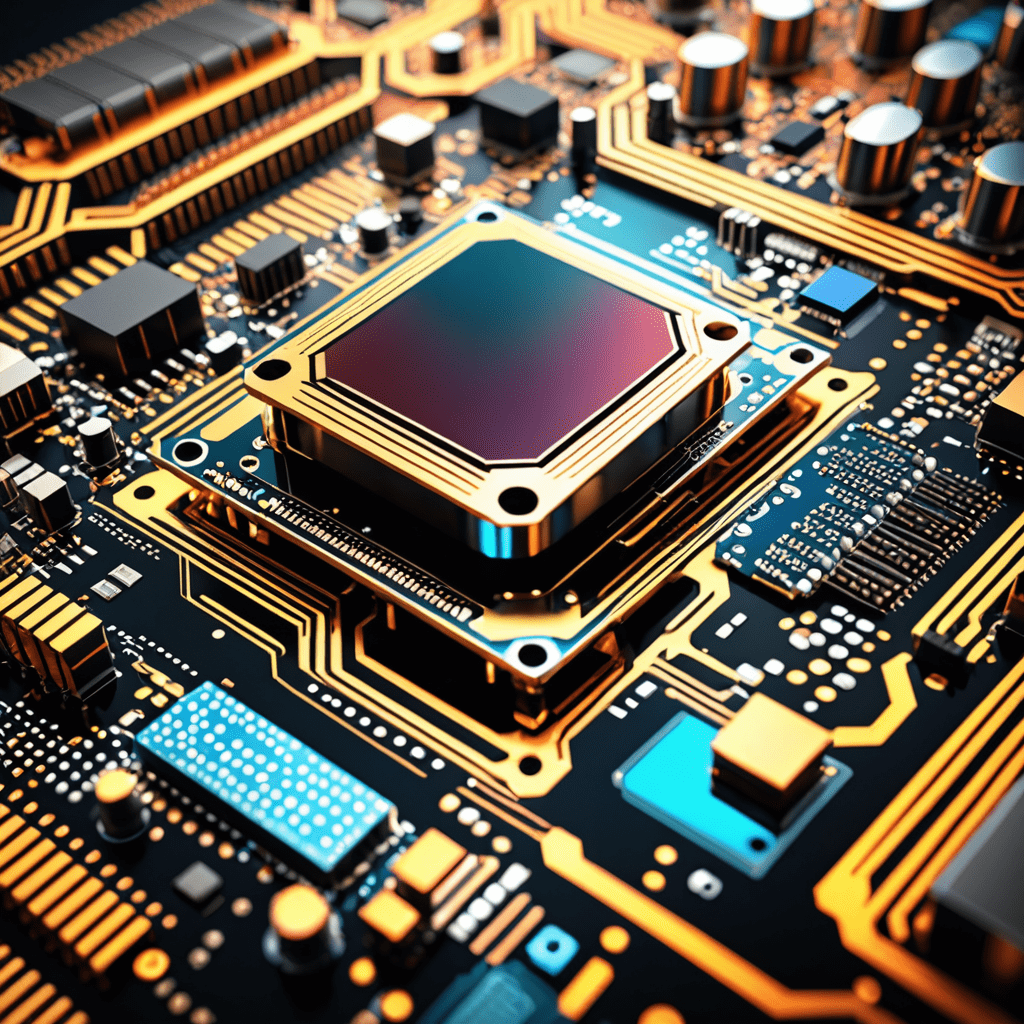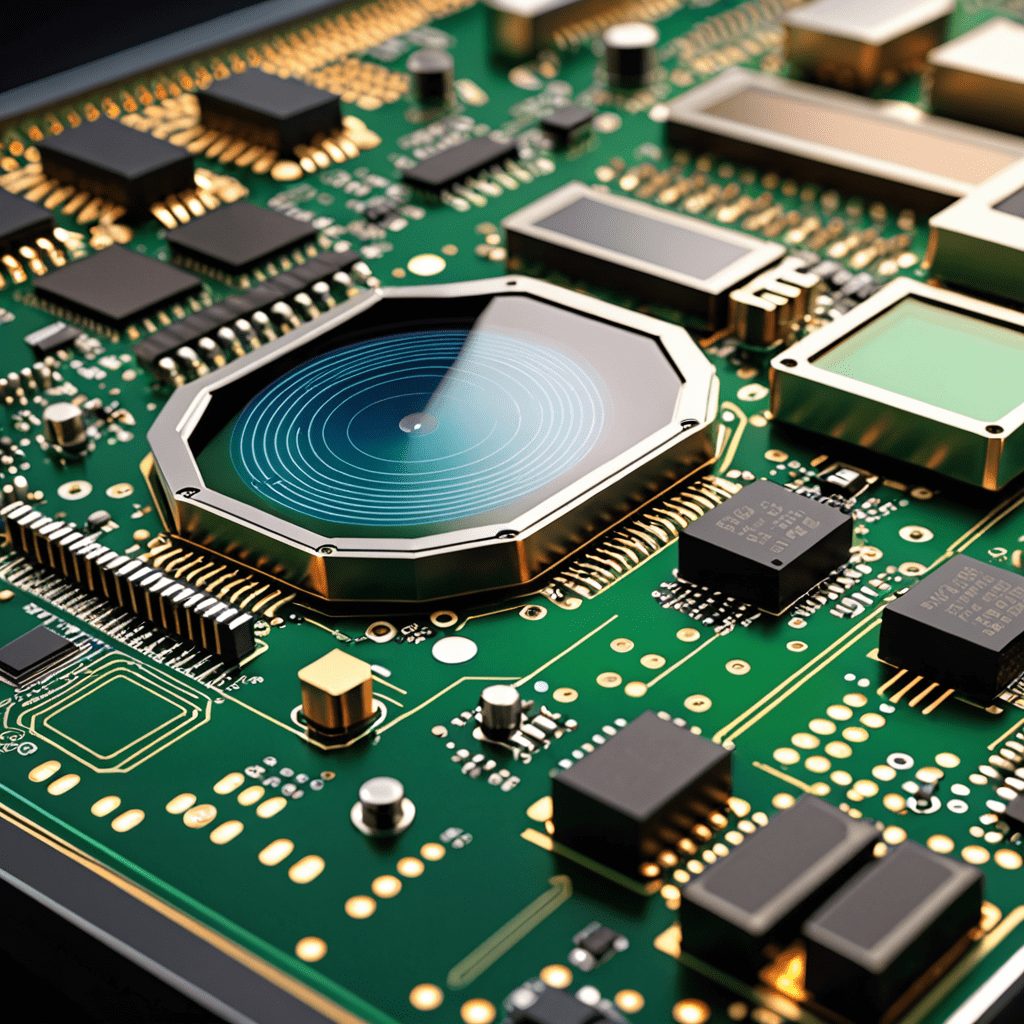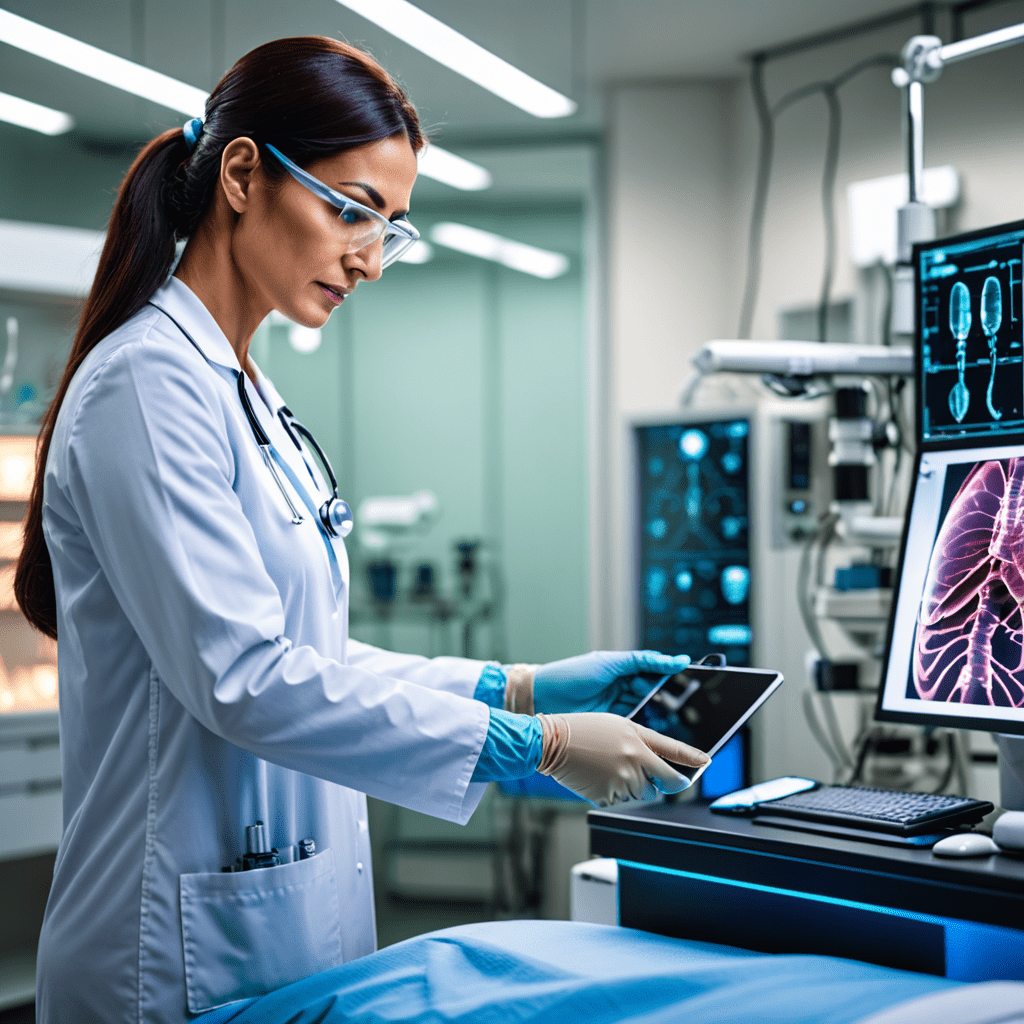
Nanotechnology in Nanosensors: Enhancing Sensing Capabilities
Nanotechnology has revolutionized the field of sensor technology by enabling the development of nanosensors that possess enhanced sensing capabilities. These tiny devices utilize nanoscale materials and structures to detect and respond to specific stimuli with high precision and sensitivity, making them invaluable tools in various industries and applications.
What are Nanosensors?
Nanosensors are miniaturized sensors that leverage nanotechnology to interact with and detect signals at the nanoscale level. They can be designed to sense a wide range of parameters, including temperature, pressure, chemical substances, biological molecules, and even light.
Enhanced Sensing Capabilities
One of the key advantages of nanosensors is their enhanced sensing capabilities, which stem from their small size and unique properties at the nanoscale. These devices can detect signals with extremely high sensitivity, specificity, and speed, making them ideal for applications that require real-time, accurate data monitoring.
Nanotechnology in Nanosensors
Nanotechnology plays a crucial role in enhancing the performance of nanosensors. By manipulating materials at the nanoscale, researchers can tailor the properties of nanosensors to improve their sensitivity, selectivity, stability, and response time. This level of precision engineering allows for the development of highly efficient and reliable sensing devices.
Applications of Nanosensors
Nanosensors find applications in a wide range of fields, including healthcare, environmental monitoring, food safety, security, and more. In healthcare, nanosensors can be used for early disease detection, drug delivery monitoring, and biomarker analysis. In environmental monitoring, these devices help detect pollutants and monitor air and water quality.
Challenges and Future Directions
Despite their numerous benefits, nanosensors also face challenges such as scalability, reproducibility, and potential toxicity. Researchers are constantly working to address these issues and further improve the performance of nanosensors. Future directions in nanosensor development include integrating multiple sensing functionalities, enhancing biocompatibility, and enabling wireless communication for remote data monitoring.
Conclusion
Nanotechnology has significantly advanced the field of sensor technology through the development of nanosensors with enhanced sensing capabilities. These tiny devices offer unprecedented sensitivity and specificity, opening up new possibilities for applications in healthcare, environmental monitoring, security, and beyond. As researchers continue to innovate and overcome challenges, the future of nanosensors looks promising in revolutionizing how we gather and analyze data at the nanoscale.
FAQ: Nanotechnology in Nanosensors
What is nanotechnology in nanosensors?
Nanotechnology in nanosensors involves the use of nanoscale materials and structures to enhance the sensing capabilities of sensors. By utilizing nanoparticles and nanomaterials, nanosensors can detect and analyze substances with higher sensitivity and precision.
How does nanotechnology enhance sensing capabilities?
Nanotechnology enables nanosensors to have increased surface area, which improves their ability to interact with target molecules. Additionally, nanomaterials possess unique physical and chemical properties that enhance sensitivity, selectivity, and response time of nanosensors, making them more efficient in detecting and measuring various substances.
What are the benefits of using nanotechnology in nanosensors?
By incorporating nanotechnology, nanosensors can detect lower concentrations of substances, leading to improved detection limits. Nanotechnology also allows for the development of miniaturized and portable sensors, making them suitable for various applications in health, environmental monitoring, food safety, and security.


